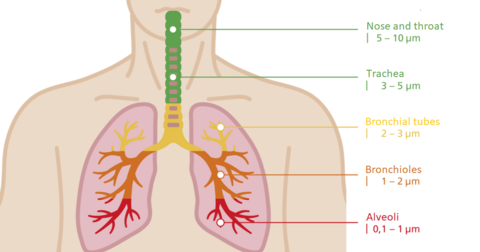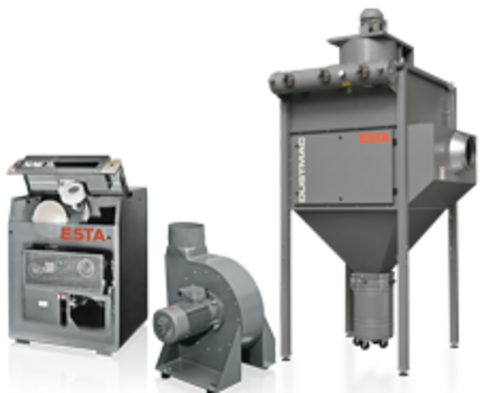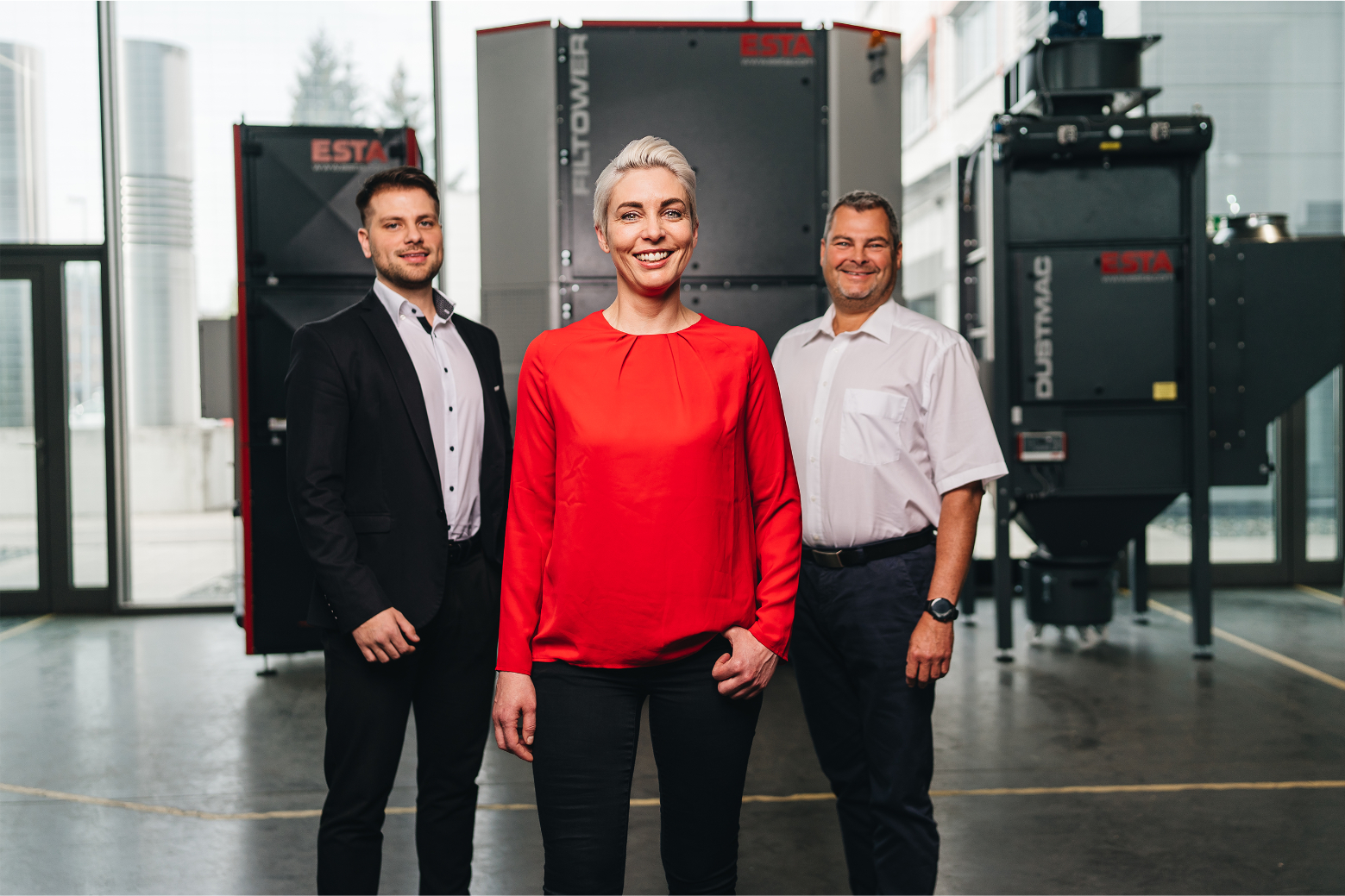THE FILTER TEST STANDARD DIN EN ISO 16890:2017
WHAT ARE THE HEALTH CONSEQUENCES OF FINE DUST IN THE AMBIENT AIR?
Exposure to fine dust can lead to health problems. This was announced by the Federal Environment Agency on 4.11.2016. Between 2007 and 2014, around 45,000 premature deaths were reported each year in connection with fine dust pollution in the air. For this reason, efficient filter units for ventilation and air conditioning systems are an effective contribution to the protection of employees’ health.
Through the nasal cavity, fine dust with PM10 sized particles can reach deeper areas of the bronchi. Smaller particles with a diameter of 2.5 μm can reach the alveoli and bronchioles, whilst the ultrafine particles with a size of less than 0.1 μm can even penetrate the bloodstream and lung tissue.
The effects on health vary widely and depend on how large the particles are and how deep they penetrate. Fairly harmless diseases such as local inflammation in the throat area and irritation of the mucosa may be the result, but also increased plaque formation in the blood vessels, changes in the regulatory function of the autonomic nervous system and an increased risk of thrombosis are likely with correspondingly high exposure to fine dust.

CURRENT TEST STANDARD DIN EN 779: 2012
The determination of the filter performance of particulate filters for general room air technology has hitherto been described by the industry standard DIN EN 779: 2012. Here, the separation performance is tested using a test dust artificially produced in the laboratory (ASHRAE dust) with a defined grain size of 0.4 microns. However, this method is not very realistic, as a wide range of fine dust particles is present in the ambient air and thus the degree of separation of many dust fractions are ignored. In addition, filters tested in the laboratory achieve slightly better measured values with regard to the degree of separation than elements that are tested under real conditions. Thus, a reliable evaluation is in reality very difficult.
NEW TEST STANDARD DIN EN ISO 16890: 2017
In contrast to this is the test standard DIN EN ISO 16890: 2017, which has been in force since January 2017 and replaced the previous standard EN 779 in June 2018. The essential feature of the new test is the broad particle size distribution. This now extends over a range of 0.3 to 10 microns and thus covers a large proportion of fine dust particles in the ambient air. This means that the respective plant locations can be viewed in a differentiated manner. The filters are now divided into four fine dust categories: PM1, PM2.5, PM10, and coarse dust (ISO coarse). Thus, the same parameters are used as those deployed by the World Health Organisation (WHO) or the Federal Environmental Agency, for example.
DECLARATION DIN EN ISO 16890: 2017
In order to achieve the appropriate filter class, a filter must achieve a minimum degree of separation of 50 percent of the corresponding particle size range. Thus, coarse filter class filters are evaluated as those which deposit less than 50 percent of the PM10 particles. The effectiveness is rounded off to the next 5 percent step. For example, a filter that blocks 83 percent of the PM2.5 particles is rated as ISO ePM2.5 80 %. For illustrative purposes, the following table can be used:
| ISO coarse | < 50 percent of the PM10 fraction |
| ISO ePM10 | ≥ 50 percent of the PM10 fraction |
| ISO ePM2,5 | ≥ 50 percent of the PM2.5 fraction |
| ISO ePM1 | ≥ 50 percent of the PM1 fraction |
Local fine dust pollution can be viewed both on the website of the Federal Environmental Agency and the European (EEA) and US Environmental Protection Authorities (EPA) websites.
BENEFITS OF ISO 16890
- More practical and realistic than EN 779
- More meaningful information about the operating behaviour of an air filter
- Real separation performance of a filter for fine dust (range between 0.3 and 10 μm)
- Filter is evaluated without dust load in the laboratory
SAMPLE FILTER SELECTION
Let us assume that we obtain the locally collected data via the website of the Environmental Protection Agency, and for our location PM2.5 dust is given an annual mean value of fine dust concentration of 70 μg / m³. If we now use an ISO ePM2.5 75 % filter, this results in a maximum of 75 % of this dust fraction being separated. Thus, the annual mean value is reduced to 25 % of the previous value, in other words 0.25 * 70 μg / m³ = 17.5 μg / m³.
ESTA EXTRACTION SYSTEMS: DIN EN ISO 16890: 2017

A one of the leading suppliers in the field of extraction technology, ESTA fully supports the introduction of the new standard. The implementation of ISO16890 will bring massive benefits to both buyers and users of air filters.
Further information on the benefits of the new standard and the right choice of filter can be obtained from our sales staff. Just contact us





CONTACT
WE ARE HAPPY TO PROVIDE A PERSONAL CONSULTATION
We can adapt our exhaust installations to your needs. Tailor-made, modular and individual. Ask us!

